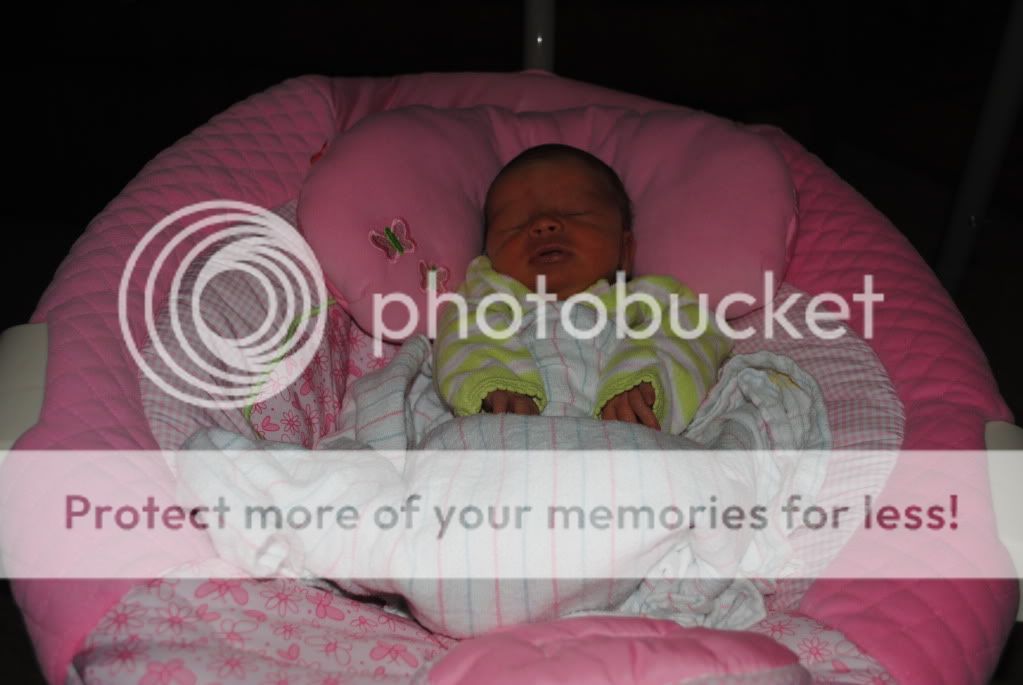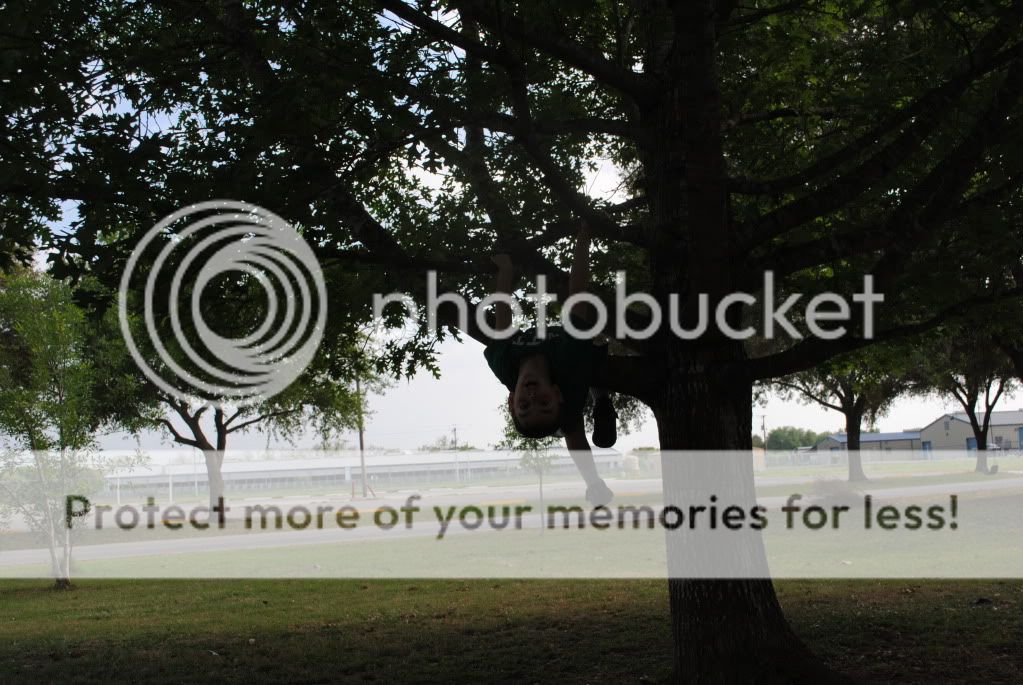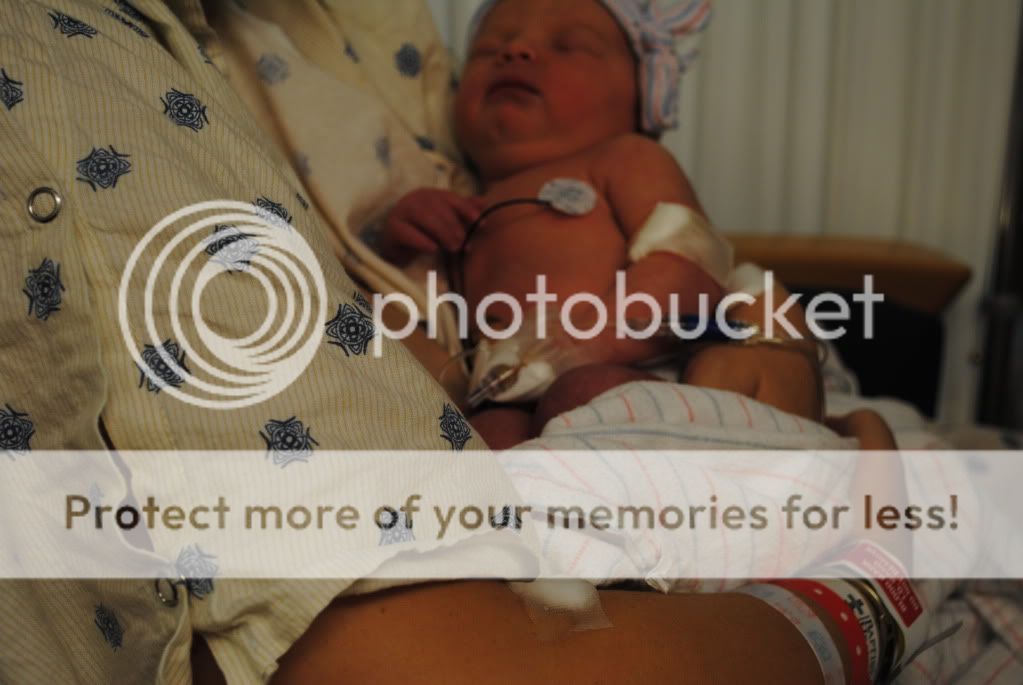I do not have a photo hood or anything added to the camera. I am not zooming in, as I am pretty close to my subject. Still dark. I am going to add several photos for you all to analyze for me!!
This may actually be part of the problem!
When you use flash, you have to worry about a concept called "
inverse square law". If I fire my camera's flash, objects that are 1 foot away will be lit with a certain amount of light.
Objects that are 2 feet away (ie. double the distance), however, won't be 1/2 as bright. Instead, those objects are 1/4 as bright. In other words, when you double the distance from the flash, there's 1/4 the amount of light that hits the subject. There's 75% loss of light just from doubling the distance!
How about objects that are 3 feet away (ie. triple the distance)? These objects are lit with 1/9 the light. See the pattern? So there is an 89% loss of light just from tripling the distance!
So let's take a look at this photo, for example:
Let's say the blanket in the foreground is 1 foot from your camera. It's pretty well lit, isn't it?
However, let's say the baby's face is 2 feet from your camera. The reason why the baby's face is dark is because it's only receiving 1/4 of the light from the flash, compared to the blanket in the foreground.
Because of this "inverse square law", if you're taking flash photos close up, the intensity of the light drops
dramatically in a short distance.
What's the solution? Ironically,
the solution is to take a few steps back and re-take your flash photo. You may have to use your lens to zoom in a bit.
Why does this work? Let's say you step back so that the foreground blanket is, say, 5 feet from the camera. That means that the baby's head would be 6 feet from the camera. The camera will fire a more-powerful flash to reach the baby & blanket.
This time, though, the baby's head is not twice as far from the camera as the foreground blanket. Instead, it's only 1.2x as far (here's the math: 6 feet / 5 feet). Using the inverse square law, the baby's head would receive 69% of the light that the blanket receives (math: ( 1/1.2 )^2 ).
So in this case, there is only 31% less light at the baby's head than at the blanket! Compare this to the first example, where there was a 75% difference in brightness! All this just from taking a few steps back!
This one shows that it does indeed happen outside as well...
In all these other photos, the flash did not fire, as others have mentioned. Just because the flash head "pops up", doesn't mean that the flash actually fires.
When you set your camera to "auto flash", the camera can only guess at when to use flash. In the last picture where the child is outdoors, the camera "thinks" that there's enough light outside. It doesn't know that you the photographer want the shadow to be lit by flash.
When you set your camera to "P" or "Program" mode, if you make the flash head "pop up", then the flash should always fire (at least it does on my Canon camera). "Program" mode is like an advanced "Auto" mode. It lets YOU control a few more settings on your camera.
The other thing you can do to improve your pictures is to learn how to
autofocus. When your camera looks at a scene, how does it know what to focus on? Or, more importantly, how does the camera know what YOU want it to focus on?
When you leave your camera on full "Auto" mode, the camera will (randomly?) select an object to focus on. Somehow, my camera
knows that whatever object I want to take a picture of, it will always NOT focus on that object.

So what can you do? First, switch your camera to "P" mode again. This will allow YOU as the photographer to select the autofocus point. Your camera has 11 "focus points". For simplicity, you should probably just select the center focus point for now (refer to the manual on how to do this).
11 autofocus points in the Nikon D3000
Once you've selected the center autofocus point, whenever that autofocus point is on your subject, that subject will always be in-focus. The camera will NOT try to focus on anything else in the scene except what's on that center autofocus point.
From that picture above, it looks like the camera "guessed" that you wanted the sleeve to be in focus. The camera didn't know that there was a baby in the distance that you actually wanted to focus on.

Hope that helps. Sorry for the long-winded post.







